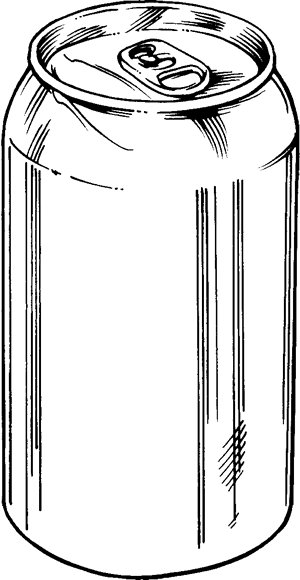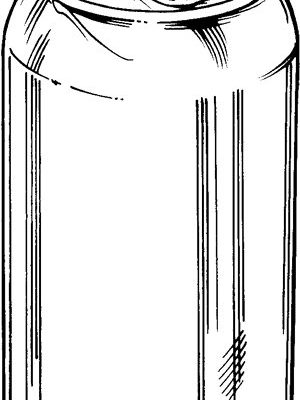
Error codes in washing machines might seem like a cryptic language at first, but they are there for a reason. They serve as your appliance’s way of communicating when something isn’t quite right. Imagine your washing machine trying to have a conversation with you. The code E1, in particular, is like your washing machine saying, “Hey, something’s up with the water supply here!” Ignoring it would be akin to ignoring a crying baby—you wouldn’t, because it’s trying to tell you something important.
Understanding Error Code E1: What Does It Mean?
When your Maytag washer throws an E1 error code at you, it’s essentially indicating an issue with the water fill. Think of it like when you’re trying to fill a bathtub, but there’s only a trickle coming out of the tap. The E1 code tells you that the washing machine isn’t getting the water it needs to operate correctly. Without a proper water fill, your clothes won’t get the thorough wash they deserve.
There are several factors that may cause the E1 error to appear. One common culprit can be low water pressure, which is often beyond your immediate control if it has to do with the municipal water supply. Another reason might be a kink or blockage in one of the hoses. Just think of a garden hose that’s tangled or has a crimp—it’s unable to deliver water as it should.
Before deciding whether or not the E1 error can be ignored, consider what happens if you try to wash clothes without solving this issue. Your clothes may come out partially washed or not washed at all, leaving you with a pile of laundry to re-do. So, yes, it’s worth addressing!
Common Causes of the E1 Error Code
So why would your washing machine decide to surprise you with this error? There are a few usual suspects responsible for causing E1 to flash.
First off, check your water inlet valve. If it’s not functioning well, it’s like having a clogged faucet that only lets a little water through. This valve controls the flow of water into your washing machine, and if it’s faulty, no wonder you’re seeing that E1 code.
Speaking of water flow, take a look at your hoses. Over time, washing machine hoses can become kinked or even clogged with debris. This is similar to a straw with something stuck inside—you simply can’t sip up your drink. Straightening the hose or giving it a good clean might just do the trick.
Lastly, it’s wise to consider the pressure coming from your home’s water source. Sometimes, low water pressure is the stealthy villain, especially if you’re using water elsewhere in the house. You might try waiting until the water pressure returns to normal to see if that’s the fix.
Why Ignoring It Isn’t a Great Idea
You might be tempted to press “Start” again and hope for the best, but ignoring the E1 code is rarely a good plan. Why? Because operating your machine with inadequate water flow can lead to more significant issues, not just for your current load but for the machine itself over time.
Running the machine without proper water intake can strain its components, particularly the pump and motor, much like driving a car with low oil—eventually, it leads to costly repairs. Additionally, your clothes may not be adequately cleaned, resulting in dingy, not-so-fresh laundry.
Moreover, if there’s a problem with the water inlet valve or hoses, it could potentially lead to leaks. Imagine coming home to a flooded laundry room—definitely not an ideal situation. So taking a moment to address the E1 code can save you from future headaches and bigger repair bills.
Steps to Resolve the E1 Error Code
Let’s get your washing machine back on track. Start by checking the water supply to ensure your taps are fully turned on. It sounds basic, but sometimes the simplest solutions are the most effective. Ensure the hoses are secure and free from kinks. If you spot any visible blockages, giving them a proper cleanout might solve the issue.
Next, inspect the water inlet valve. If it’s not functioning adequately, you might need to replace it. While this could seem daunting, it’s often a straightforward fix—like swapping out a faulty light bulb. Consult your manual or look online for guides specific to your Maytag model.
Should these steps not resolve the problem, it may be time to consult a professional technician. They can diagnose the issue thoroughly and recommend the right fix, keeping your washing machine in tip-top shape.
Preventive Measures for the Future
Now that you’ve navigated the E1 error with aplomb, let’s ensure it stays away. Regular maintenance is key. Consider inspecting your hoses periodically for signs of wear or blockage. Replacing them every 3-5 years is often recommended to prevent issues before they start.
Also, keep an eye on your home’s water pressure levels. Installing a pressure regulator can help maintain consistent water pressure, reducing the risk of seeing that pesky error code again. And lastly, use your machine as per its capacity guidelines—overloading can sometimes lead to such errors.
In conclusion, while ignoring the E1 code might be tempting, addressing it promptly ensures your washing machine keeps running smoothly, your clothes stay fresh, and you avoid unwanted repair costs.
